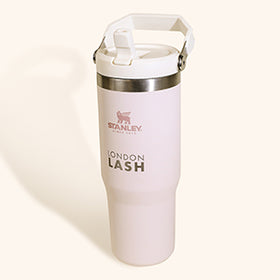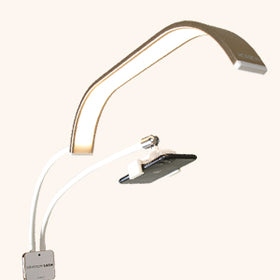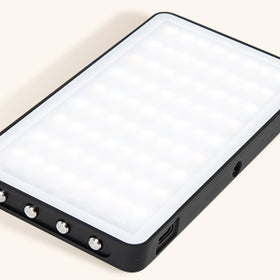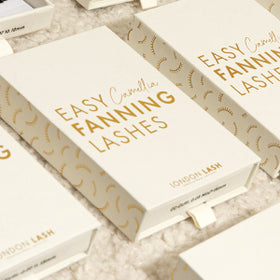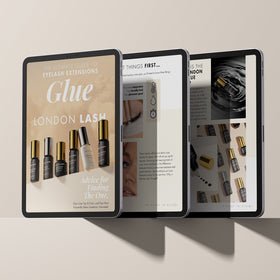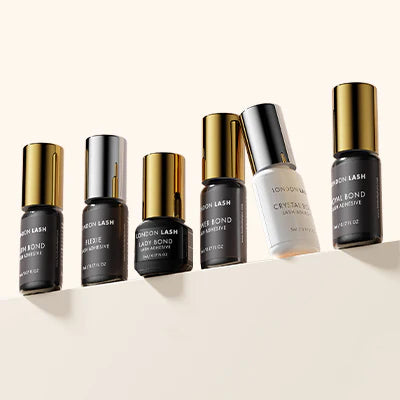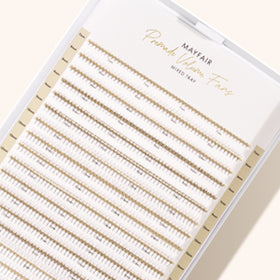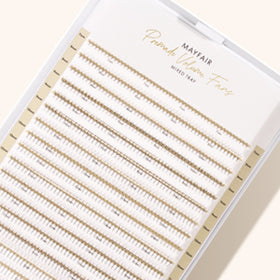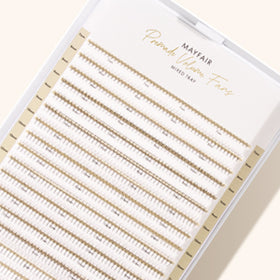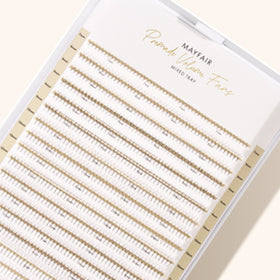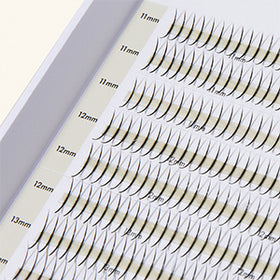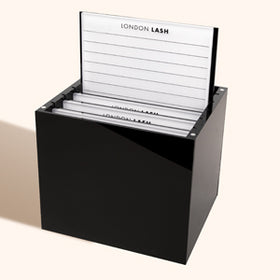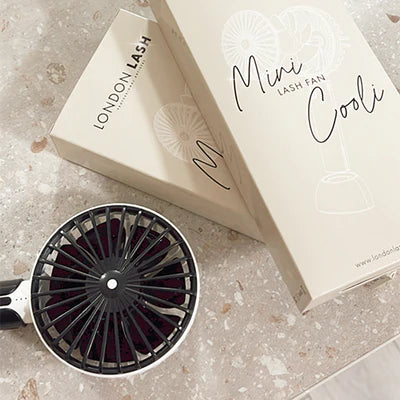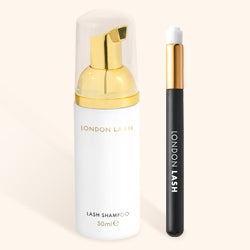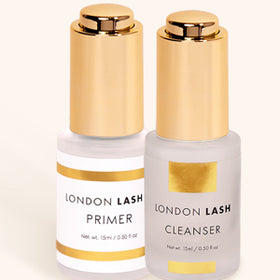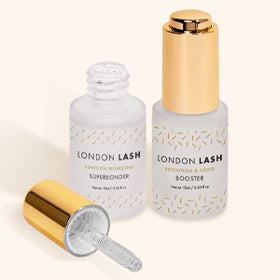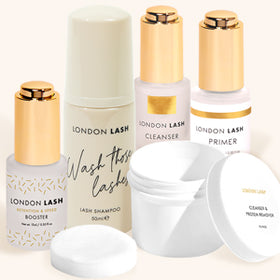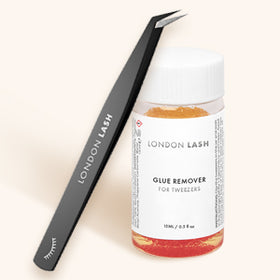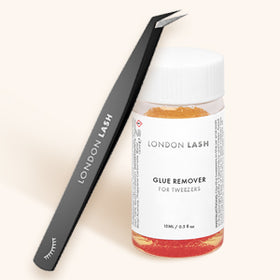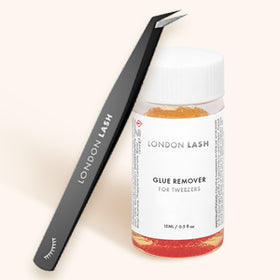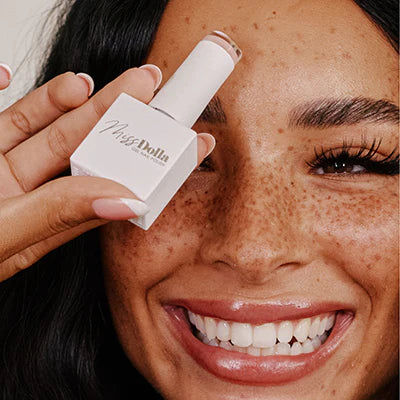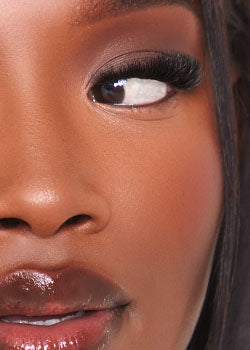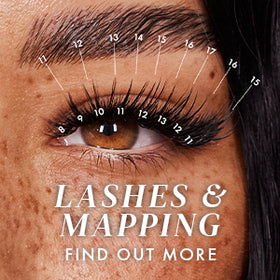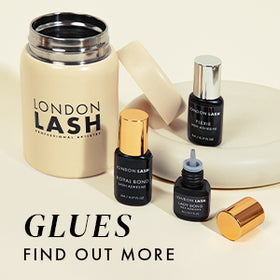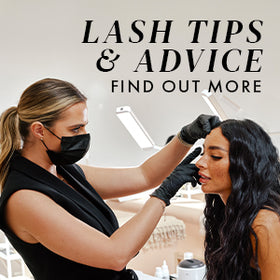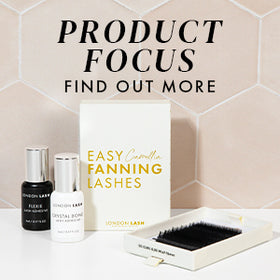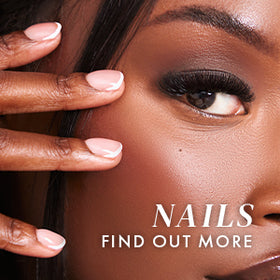Is This the MOST Iconic Lashing Duo? How Two Optional Products Can Very Quickly Become a Lash Kit Staple
How does a little optional extra become a lash kit staple? In the case of Booster and Superbonder it comes down to their effect on retention times – soon after their respective launches back in 2018, we knew we were onto a winner! Booster’s dual use, multifunctional nature and Superbonder’s effects giving our clients more freedom when it came to post-lash appointment activities meant that these quickly became an absolute necessity for lash artists all over the world. If you’re not familiar with them yet, allow us to explain…
Booster
Booster is used during your pretreatment routine. Once you’ve cleansed and primed the lashes, just take a new microfibre brush or lip applicator wand and apply Booster to the glue zone in the exact same way that you apply your Cleanser and Primer.
Booster has an alkaline pH, so when it is applied to the natural lashes it opens up the cuticles a little bit which makes the lashes rougher and gives the glue more surface area to grip onto.

The rougher surface of the lashes plus the alkalinity of them means that the lash glue not only grips the lashes better, but grips the lashes faster too, speeding up your working time. Due to this, we don’t actually recommend Booster for anyone who’s just getting to grips with placement as it can lead to strange directions in your lash sets if you’re not used to placing the lashes exactly as they should be. Once your glue starts to feel like it’s a little too slow for you, give Booster a go and see how you feel!
But Wait! We Said You Could Use Booster in Two Ways, What’s The Other?
If you’ve ever created the most stunning fan only to find that it closed into a spike when you let go of it on the lashes, this one's for you! Booster can be applied directly to the strip of lash extensions to prevent glue from travelling up the fan leg and closing the fan after you place it. If you still find that you’re having trouble with this, ensure you are not dipping the fan too far into the glue as this is a very common reason that this would happen.

To do this, apply a drop of Booster to a microfibre brush and dab off the excess as though you’re about to apply it to the natural lashes, then just brush it along the strip of lashes and allow it to dry a little before you start applying your fans. You can reapply Booster during the set if you need to, and you can of course reuse those lashes as you normally would – this is why it is very important that we don’t saturate the strip with Booster.
Superbonder
Superbonder comes at the end of a treatment once all of your lashes are applied and you’ve separated any stickies that might have crept into the set. Give the lashes a little fan with a Mini Cooli lash fan or something similar, and then dab some Superbonder along the glue bonds to seal the glue whilst keeping it flexible. This means that your clients can shower, swim, cry, or whatever it is that they want to do pretty much immediately after the treatment rather than waiting 24 hours as they usually would.
In addition to opening up the range of possibilities as to post-appointment activities, Superbonder locks in any glue fumes as it polymerises the glue, significantly reducing the risk of allergic reactions, and reducing the effects of the fumes, meaning that your client will be ready for their lash close ups sooner!

Can You Use Superbonder on Everyone?
You absolutely can! There’s no real reason not to as it benefits everyone in at least one regard, so adding it as a final step is a great way to finish off your lash sets.
What About Nanomisters?
Forget them! While they have been used for a long time to do a similar job to Superbonder, they aren’t as direct as Superbonder so don’t have as immediate or as good of an effect, and they also use water which, yes, cures the glue, but it makes the glue bond brittle rather than flexible as Superbonder does, meaning that your retention can fall foul to the glue snapping or crumbling.
While we’re on the subject, it’s worth saying that you should NEVER use Superbonder in a nanomister. While it’s unlikely to cause skin irritation it hasn’t been tested to be used in this way so you’re more than likely voiding your insurance should your client have an issue and seek to go down the legal route – apply it exactly as instructed and you’ll be absolutely fine!
While these two products are completely optional, we strongly believe (based on actual customer behaviour over the last 5 years) that once you use them once, you’ll be using them forever!
